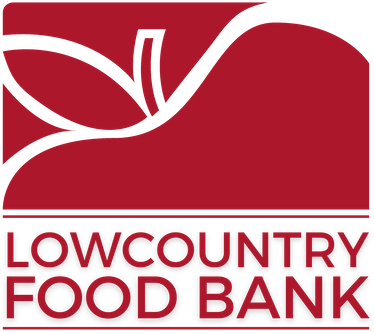COVID-19 created uncertainties and challenges for all of us, and changed our lives personally and professionally.
At the Lowcountry Food Bank, it created an unprecedented increase in food demand and disruptions to food procurement for the people and communities we serve across the coastal counties in South Carolina.
Together with our partner agencies and volunteers, we have remained on the front lines ensuring our neighbors have continued access to healthy food throughout this difficult time. We have had to adjust the way we work, but have remained open for business without interruption since the pandemic began.
Last year, we provided more than 33 million meals and more than 39 million pounds of food to those we serve, an increase of more than 21% over 2019. And we are proud of that. But we can and will do even more.
As we accelerate our work to increase equitable food access, demand for food assistance remains elevated nationwide. Feeding America projects that 42 million people may experience food insecurity in 2021. Businesses, non-profits, faith-based organizations and volunteers must continue working in tandem with federal, state and local government agencies to meet the need.
In the 10 coastal South Carolina counties we serve, the number of individuals who are food insecure rose 29% in 2020 to 185,580 people. A 38% increase in children who are food insecure in 2020 is even more worrying, with more than 55,000 children in coastal South Carolina who do not have consistent access to healthy food.
Significant racial disparities in food insecurity, which existed prior to the pandemic, remain today. Feeding America projects that 1 in 5 African Americans may experience food insecurity in 2021, compared to 1 in 9 whites. Grocery prices are higher since COVID-19 began, including a nearly 50-year record rise in food costs. This makes it that much harder for people and families who are dealing with job and income losses to afford food.
Here’s how we continue to respond. At the same time retail donations from grocery stores have decreased, availability of shelf-stable food remains a challenge as the pandemic continues to impact restaurants.
However, there is an abundance of fresh produce and dairy foods available. Getting more of these supplies through federal purchasing programs and our continued efforts to raise donations will help close the huge gap for people who are food insecure.

